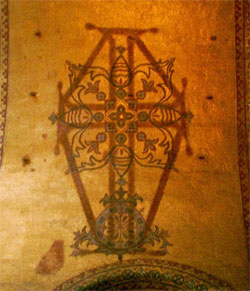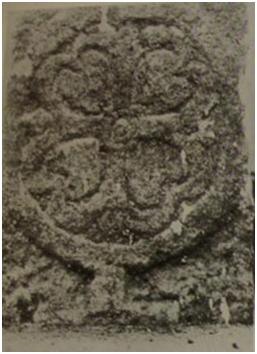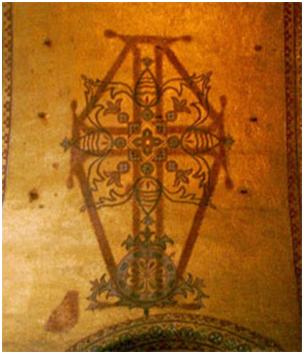Seven things astrologers should know about Fixed Stars
Bernadette Brady M.A. from Visual Astrology Newsletter Sept. 2010
At the conference I was asked about fixed stars. I tend to get asked similar questions whenever I am talking to astrologers. So with this in mind I have compiled a list of seven things to know about fixed stars!
1. Why do stars matter in astrology?
The stars and their patterns in the night sky have been a blackboard for the projection of humanity’s stories and mythology for thousands, if not tens of thousands of years. Symbolically therefore they are just as vital and rich with meaning for astrology as the planets and the tropical zodiac signs.
2. Are the brighter stars more important than the dim stars?
The importance of a star in astrological use is not its brightness but rather the amount of mythology linked with the star.
The brightest star in the sky is Sirius at magnitude -1.42 and the dimmest stars that are still active astrologically have a magnitude of around 3.5 to 5. Stars like Acubens, the alpha star in the constellation Cancer, has a magnitude of only 4.25, so it is very dim to our eye but it is ‘bright’ with mythology. One unit of magnitude is about 2.5 times more light. So if Acubens in Cancer is a 10 watt light bulb then Sirius is a 1000 watt bulb or 100 times brighter than Acubens, yet Acubens is just as ‘strong’ in charts as Sirius.
3. What was the original way that astrologers worked with stars? PARANS
The Egyptian and Mesopotamian manner of linking stars with planets was to observe when a star and planet ‘touched the earth’ at the same time.
The image of a cross within a circle was and still is a symbol for how the earth touches the divine sky. In religious expression it is used to show how the mortal world can become divine or how it touches the divine, as can be seen in the two ancient crosses given below. In astrology this sacred union is represented by the angles of the chart – Ascendant, Midheaven, Descendant, and IC.
If a star and a planet were both on this cross at the same time this is known as a paran relationship, a union of the divine star with the more worldly planet and the very earth itself.
|
|
|
This original method slowly fell into disuse because it was impossible to reconstruct the star risings and settings without an astrolabe set for the latitude of a person’s birth. Thus by the time of the decline and disuse of the astrolabe in the 17th century, we see the final abandonment of working with parans in astrology. However, with the advent of computers in our current era we are now easily able to return to this original method and sacred concept.
4. How many stars and planet combinations are usual for a person’s chart? – Using an orb 2 minutes of time, most people will have 12 to 18 star and planet parans active in their astrology.
5. Why are the stars called ‘Fixed’?
The stars are called ‘Fixed’ because for a set location a star will rise in the east in the same place on the horizon every single day. It will also set in the same place on the western horizon every single day. This is different to the planets that rise and set at varying places on the line of the horizon, constantly shifting their location of rising or setting. The planets are ‘the wanderers’ (‘planetoi’ in Greek) and the stars are fixed.
6. Where do all the star names come from?
Stars names come largely from the Sumerian, Babylonian cultures or the pre-Hellenistic Mediterranean people. Many star names start with the letters ‘Al’ such as Aldebaran, the great red eye of Taurus the Bull, or Al Rescha the Sacred Knot of Pisces. ‘Al’ is Arabic for ‘The’. Other stars may start with Ras as in Ras Alhague in Ophiuchus or Rastaban in Draco, where the word ‘Ras’ is from the Arabic for ‘head’. The word Deneb, as in Denebola in Leo or Deneb Algedi in Capricorn is the Arabic work for ‘tail’.
The oddest-named star in the sky is Sualocin, the alpha star of the constellation Delphinus, which was named by Piazzi Palermo in 1814 after his assistant Nicolaus Venator who helped him after he nearly lost his eye sight. Do you see how Piazzi gave his assistant via his name a permanent place in fixed star history?
7. How many stars are there in the sky? There are about 4000 – 5000 visible stars (magnitude 6 or brighter) but on any one night, with a dark moon and no light pollution, you will be able to see about 1500 stars.
However, with paran fixed star work in astrology we focus on the ‘bright’ mythological stars and we work with about 64 stars, each of which has shown a consistent pattern of mythological expression in charts.


